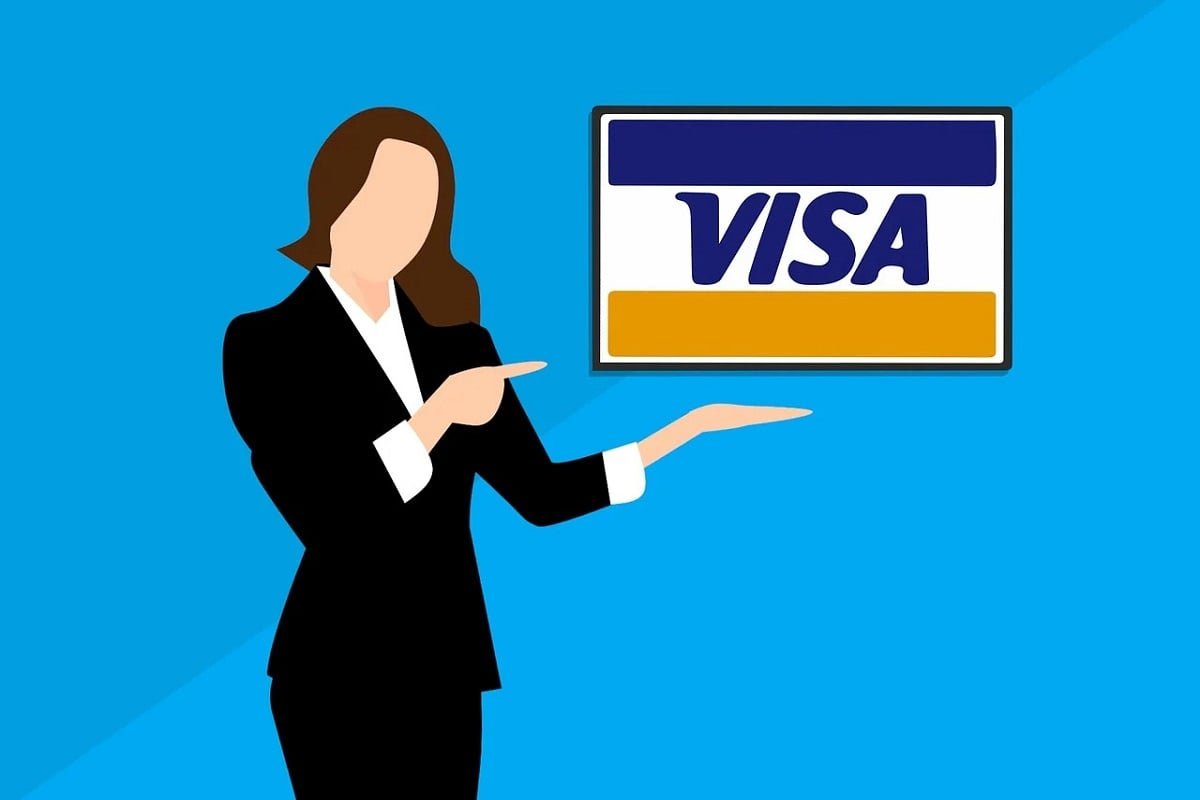
If you notice a Visa Provisioning Service charge or purchase authorization pending charges on your bank or account statement, you’ll usually believe that it’s a safe bet that you’ve registered your credit card with an online retailer, digital wallet service, or another payment provider.
- A Visa Provisioning Service charge should be reflected at nothing ($0) in your bank account.
- It’s a tokenization process used by many merchants to safeguard your account’s sensitive information and data.
- It’s particularly popular with merchants that are part of e-wallet solutions and online merchants.
- Visa Provisioning Service charges will usually be paid within one week.
- Below are more details to help determine if it’s worth looking into further.
What is the Visa Provisioning Service Charge?
Many are worried when they notice a Visa Provisioning Service pending charge appears in the transaction history on their bank statement.
Naturally, if this is the first time you’ve come upon it, you’re likely confused about the reason.
The fee is essentially authorization from the retailer or provider you had business with.
It’s their method of determining whether the bank account’s legitimate.
Merchants need to ensure that the method of payment you are using is legitimate before working on accepting your transaction.
The cost is one method to ensure that they can pay on time.
There is a chance that you will notice a Visa Provisioning Cost when you do online shopping or make in-app purchases. You may be able to see it when you buy at a store using your device.
Furthermore, some direct deposit firms will use their Visa Provisioning Service charge. This is done to ensure the account is current before depositing your check.
It could also be the case when you made a payment on an unpaid check that you recently cashed.
If you also add cards to your wallet on the internet, you might be able to see a Visa Provisioning Charge confirm whether your account with the bank is legitimate.
For example, if you connect a debit card with an online wallet, e.g., Apple Pay or other services, this can result in the online payment provider scrutinizing the account to make sure it’s still active.
Many online retailers use tokenization to process transactions instead of processing your account details.
The most popular online retailers also take this approach and include Amazon and Netflix when they process transactions and recurring subscriptions.
The main takeaway is that this Visa Provisioning Service is simply an option for merchants to verify that your payment method is legitimate or that your bank account is operational.
Understanding the Visa Provisioning Service and the tokenization system
The fee is related to an electronic tokenization system.
The Visa Token Service is designed to safeguard your card against unauthorized purchases. This system is what creates the zero-dollar transactions you see on your transaction statements.
- It also ensures that your account’s number isn’t stolen when you make purchases.
- Instead of your credit card’s 16-digit number showing up, it is replaced by an identifier known as a token.
- This process allows merchants to take your payment with no account details being accessible.
- Payments with connected devices increase the need for tokenization.
With the increasing use of connected devices, tokenization is becoming increasingly vital. Cardless or card-free transactions require tokenization to enable safe, frictionless digital transactions.
The purchase of goods and services via eCommerce is popular. Tokenization offers online merchants the ability to handle transactions securely.
In-app purchases are becoming increasingly popular in the mobile world. Visa cards are integrated into mobile apps to enable purchases from any location.
Traditional transactions in stores also utilize tokenization. Cardholders who have their cards on their mobile devices can move their phone to the payment terminal to finish their transaction.
How tokenization works
Step 1
You sign up for the Visa card through the digital payment system.
This involves the input of the account numbers, the date of expiration, CVC/security code, your name, address, and other personal information.
It could refer to an online retailer that can store your account data (if you opt to store it) to make it easier to purchase again. It could also be the concept of a digital wallet.
Step 2
The service for digital payments will call Visa to get the payment token associated with your account on their site.
Step 3.
Visa will transfer your token to the bank that issued your account. (This is typically the bank you use.)
Step 4
If the bank or issuer accepts that request, Visa can use this token as the account number that you used to use as your primary. This is a unique identification that is unique for your particular account.
Step 5
Tokens will be allocated to your transactions. Visa will share this information with the requestor for tokens, which refers to the seller (online retail store or digital wallet).
The token you receive is exclusive and belongs to you exclusively. However, it’s not long-lasting.
Sometimes, it is only limited to a particular number of transactions before expiration. It could also apply only to a specific online retailer. It could be restricted to transactions that are made using your mobile device.
How are tokens used?
Tokens are vital to safeguard your account data during online transactions. They’re helpful in a range of situations.
If you purchase on the internet, in a shop using your mobile device, or through an app, there’s an opportunity to observe that Visa Provisioning Charge shows up in the history of your transactions.
When you use the system of tokenization, you must follow the following procedure:
- You make the payment (whether on the internet, in a store, or via in-app)
- The service provider – whether the retailer online or the e-wallet, is required to transfer the authorization token to the merchant or acquirer. This is a crucial component in the authorization process.
- The acquirer will use the token and return it via Visa. Visa network. So that the purchase can proceed.
- Then, Visa will send the card payment and token details to the issuer, usually your bank, to authorize the transaction. The bank will then takes or deny the transaction before sending the decision to Visa.
- The merchant then receives the token and payment.
- Using this method, you can purchase without needing to present your account number to the company you’re purchasing from.
- This is advantageous for the retailer since it doesn’t have to implement security measures to ensure your personal information is secure and will not be stolen.
- Is there any point you should be concerned about a Visa Provisioning Service charge?
- You may be charged a Visa Provisioning Service charge at any time if you’ve registered your payment information with one of the online merchants or e-wallet service providers.
- The line item could appear, but it will not cost you anything. The funds aren’t being taken without your consent.
- There’s no need to contact your bank, and the fee (of no dollars) should be removed from your bank account within seven days.
- If it isn’t resolved within one week, be tempted to contact your card, service provider, or bank to ask about it whether it’s still in your account.
- What are the best times to be concerned about this service charge appearing?
- You may be worried if you’ve not registered your account with an online or digital wallet merchant before.
- However, it’s infrequent that someone who never registered a credit card or payment method through the internet, an online store e-wallet, or another payment processor will notice the charge.
- It is possible that your credit card information was stolen and then registered to an online service without your knowledge.
- If you think this is the case, you must always speak to the customer support department of your card or bank to ask questions.
- Additionally, if you suspect the personal information on your credit card has been compromised, You should put an immediate hold (hold/freeze) on your bank account to prevent transactions.
- It’s also the case when you’ve lost your credit card, even temporarily, to ensure it does not fall into incorrect hands.
- You can make this payment through your payment service provider, bank’s online account, or application. It is also possible to contact customer service by calling.
- When you’ve confirmed that your personal information is safe, you can take off the bank’s stopper once you’ve confirmed that your details are safe.
Final Word about Visa Provisioning Service Charge
This Visa Provisioning Service charge allows merchants to check your account or method of payment to verify that it’s legal before authorizing an item for you (typically the purchase or a deposit).
The total amount is $0 and should appear in your account’s history. The line item should be rolled off your transaction history in seven days.
The tokenization system used to charge your card ensures that your account number and other sensitive financial data from being exposed via online merchants, wallets, and in-app purchase systems purchase in-store using connected devices, and so on.
A Visa Provisioning Service charge is simply a method of ensuring that the account remains active and valid.
However, if you notice the bill and don’t remember making any recent transactions or saving your information about your payments using any service, it is best to call your bank or your payment service to ask questions.







